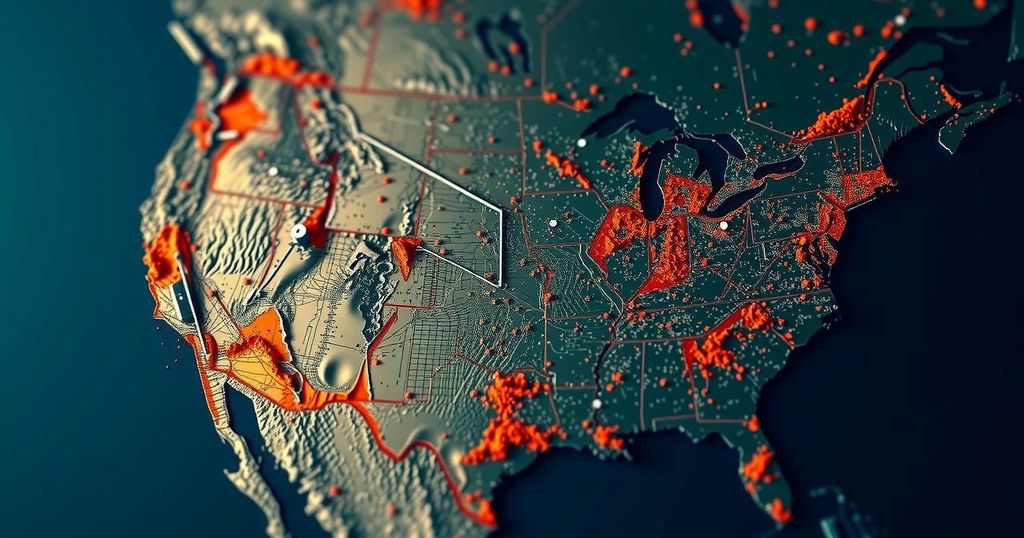A 4.4-magnitude earthquake was reported in Borrego Springs, California, on November 7, alongside significant seismic events in Greece and Hawaii. Recent weeks have seen an uptick in earthquake activity, reflecting the geological volatility of various regions, particularly those along tectonic plate boundaries.
On November 7, a 4.4-magnitude earthquake was recorded in California, specifically centered in Borrego Springs at a depth of 9.8 kilometers. The United States Geological Survey (USGS) noted that 257 individuals reported feeling the tremor. This seismic activity was closely followed by notable earthquakes in Greece and Hawaii within the same week. On November 5, Greece experienced a 4.4-magnitude earthquake centered in Chalandrítsa, with a depth of 82.3 kilometers, and hours later, Hawaii recorded a 4.8-magnitude quake near Pāhala, at a depth of 38.4 kilometers. Earlier in the week, California was affected by a 3.3-magnitude earthquake in Anza on November 4, at a depth of 12.1 kilometers. This tremor came after several seismic events on November 3, including a 4.3-magnitude earthquake in Chile and a 3.7-magnitude tremor in Missouri, both reported by the USGS. Additionally, a significant 5.3-magnitude earthquake struck Greece on the same day as the Chilean quake. Prior to these incidents, Oregon had a 6.0-magnitude earthquake on October 30, centered in Windsor at a depth of 10 kilometers. On the same day, a 3.2-magnitude earthquake occurred in California and was subsequently followed by multiple seismic events in Lompoc, California, on October 28. The seismic series began with a 4.1-magnitude quake in Petrolia on October 24, revealing a consistent pattern of earthquake activity across various regions. This increase in seismic events highlights the underlying tectonic activity present along the West Coast of the United States, which is part of the tectonic plate boundaries that often experience heightened earthquake occurrences.
Earthquakes are natural phenomena caused by the movement of tectonic plates beneath the Earth’s surface. Regions such as California, Greece, and Hawaii are situated along significant fault lines, making them particularly vulnerable to seismic activity. The occurrence of multiple earthquakes in close succession often raises concerns about the potential for aftershocks or larger quakes, prompting monitoring from geological surveys. Understanding the patterns and magnitudes of these quakes informs both emergency preparedness and public safety initiatives.
The recent surge in seismic activity, including a 4.4-magnitude earthquake in California and significant tremors in Greece and Hawaii, underscores the persistent geological volatility of these regions. Continued monitoring by agencies like the USGS is crucial for assessing risk and providing timely information to the affected populations. This pattern reveals the interconnected nature of tectonic activity, prompting awareness and preparedness efforts.
Original Source: koacolorado.iheart.com






